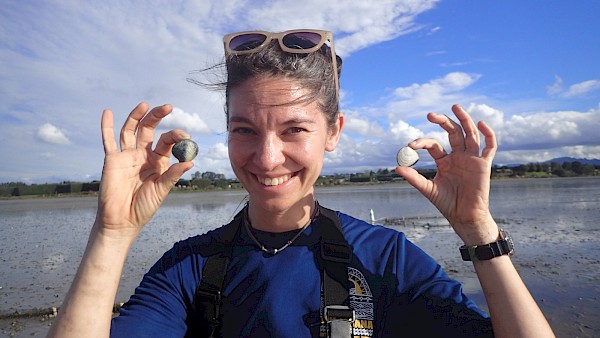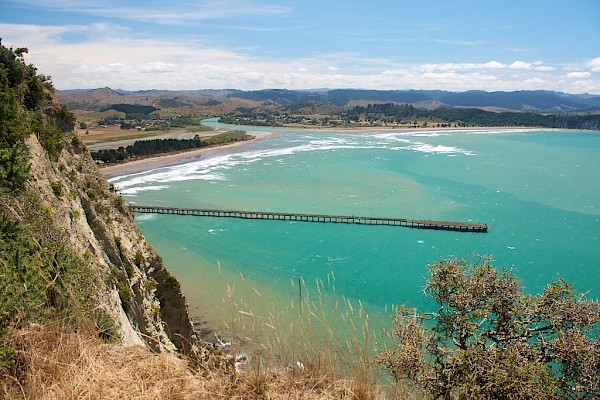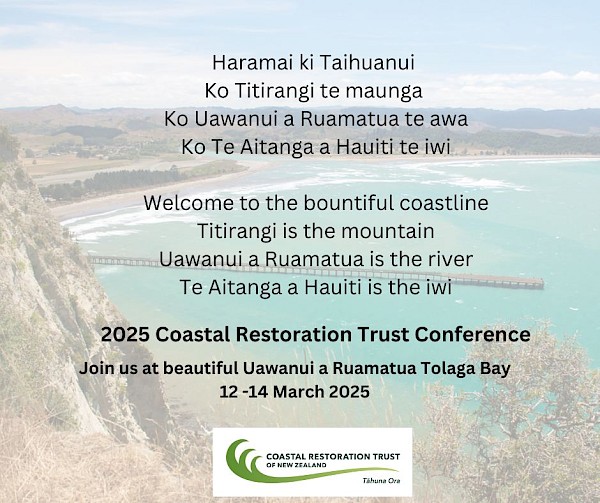2025 Post Graduate Scholarship Award
The Coastal Restoration Trust’s committee is very pleased to announce the winner of the Coastal Restoration Trust Post Graduate Scholarship for 2025 is Natalie Prinz, a PhD candidate at Waikato University.
The aim of Natalie’s research is to determine if tuangi, New Zealand cockles, can help restore degraded estuaries.
Tuangi, Austrovenus stutchburyi can help reduce the mud content of estuaries and enhance oxygen flux into, and ammonium and phosphate fluxes out of, sediment, which supports estuarine health.
Natalie will hold a two-day wānanga with local iwi, hapū, scientists and the local community to increase awareness of her research findings. She will also organise a Restoration Education Day open to the public of Tauranga to share her findings.
Natalie will share her research with the Coastal Restoration Trust, providing updates for our newsletter and will also present her findings at a future conference.
Congratulations Natalie! We look forward to hearing from you later this year.
Posted: 19 May 2025 in the News category



